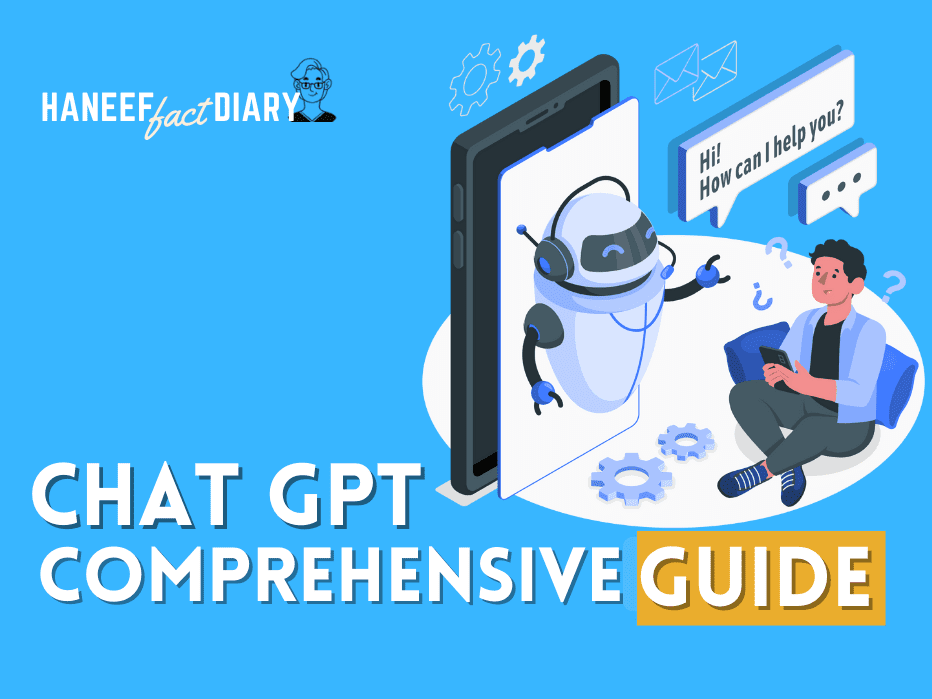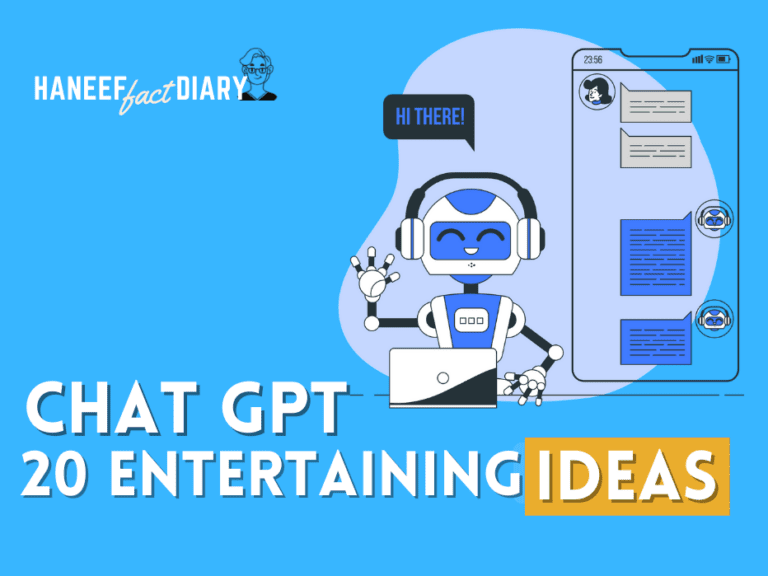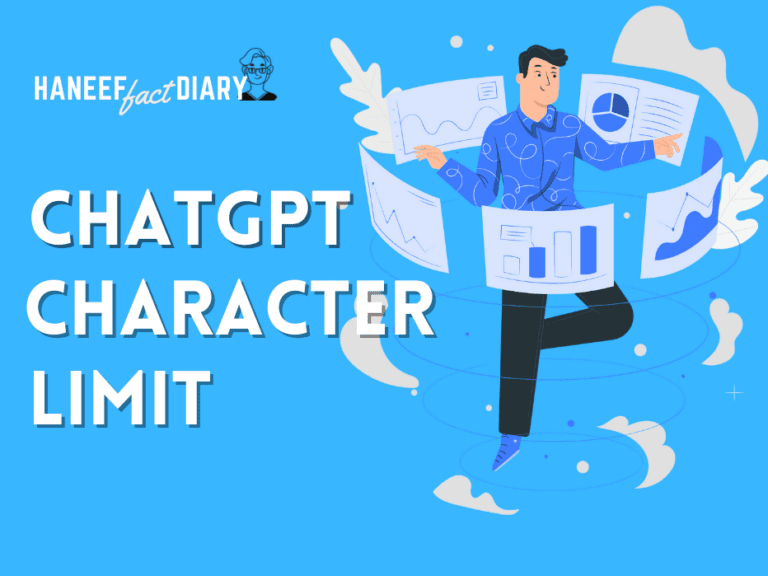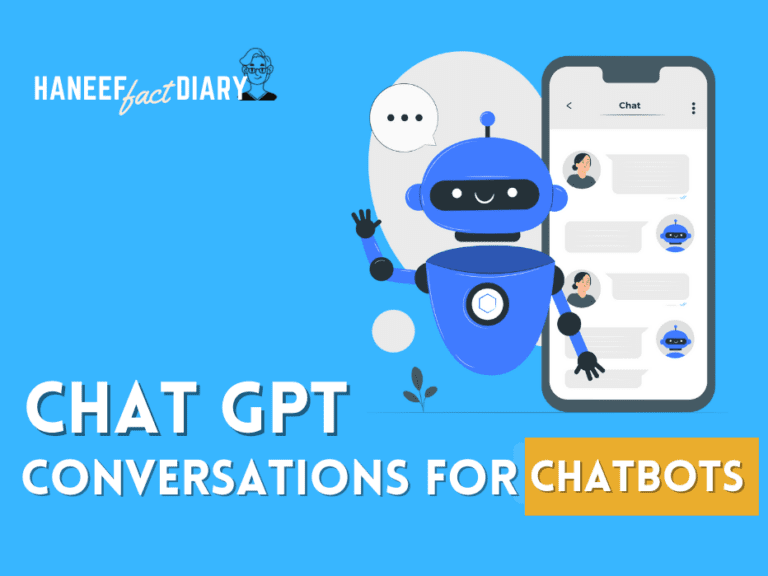Exploring the Benefits of Chat GPT: A Comprehensive Guide 2022
Introduction:
Chat GPT is a state-of-the-art natural language processing (NLP) technology that has the ability to generate human-like responses to text input. It has gained a lot of attention in the tech community due to its impressive performance on various NLP tasks and its potential to revolutionize the way we interact with computers. In this article, we will explore the benefits of chat GPT and how it can be used in various applications.
What is Chat GPT?
Chat GPT is a variant of the GPT (Generative Pre-training Transformer) model developed by OpenAI. It is a machine learning model that has been pre-trained on a large dataset of human-generated text and can generate natural language responses to text input. The chat GPT model has been specifically designed for chatbot applications, where it can generate human-like responses to user input in real-time.
Benefits of Chat GPT:
- Improved natural language understanding: Chat GPT has the ability to understand and generate natural language responses, which makes it ideal for chatbot applications. It can handle a wide range of language inputs and can respond in a way that is natural and coherent.
- Enhanced user experience: Chat GPT can improve the user experience by providing more natural and human-like responses to user input. This can make the interaction with chatbots more enjoyable and engaging for users.
- Increased efficiency: Chat GPT can handle a large volume of text input and generate responses quickly, which can help increase the efficiency of chatbot applications.
Applications of Chat GPT:
- Customer service chatbots: Chat GPT can be used to power customer service chatbots, which can handle a wide range of customer queries and provide helpful responses in real-time.
- Personal assistants: Chat GPT can be used to create personal assistants that can understand and respond to a wide range of natural language inputs.
- Education and training: Chat GPT can be used to create chatbots that can provide personalized education and training to users.
Limitations of Chat GPT:
While chat GPT has many benefits, it also has some limitations that should be considered when using it in applications. These limitations include:
- Data biases: Like any machine learning model, chat GPT is only as good as the data it has been trained on. If the training data contains biases, the chat GPT model may reproduce these biases in its responses. It’s important to ensure that the training data is diverse and representative of the population to avoid introducing biases.
- Limited creativity: Chat GPT is a powerful tool for generating human-like responses, but it is still limited by the data it has been trained on. It is not capable of coming up with completely original ideas or concepts.
- Human evaluation: While chat GPT can generate human-like responses, it is still important to evaluate the quality of these responses with human evaluators to ensure that they are accurate and appropriate.
Best Practices for Using Chat GPT:
To get the most out of chat GPT, it’s important to follow some best practices when using it in applications:
- Use diverse and representative training data: As mentioned above, it’s important to ensure that the training data used to train chat GPT is diverse and representative of the population. This can help prevent the introduction of biases into the model.
- Use human evaluation: It’s important to have human evaluators review the responses generated by chat GPT to ensure that they are accurate and appropriate.
- Use context: Chat GPT is designed to generate responses based on the context of the conversation. It’s important to provide enough context for the model to generate accurate and appropriate responses.
- Use prompts: Chat GPT can be prompted to generate responses based on specific topics or themes. This can help ensure that the model is generating responses that are relevant to the application.
Future of Chat GPT:
The chat GPT model is still a relatively new technology, and there is a lot of potential for further development and improvement in the future. Some potential areas of focus for future research include:
- Improved natural language understanding: One area that could benefit from further research is the ability of chat GPT to understand and generate responses to more complex or nuanced natural language inputs.
- Increased efficiency: Chat GPT is already quite efficient at generating responses, but there is always room for improvement. Future research could focus on developing techniques to further improve the efficiency of the model.
- Greater creativity: While chat GPT is currently limited in its ability to generate completely original ideas or concepts, there is potential for future research to explore ways to increase its creativity.
- Reduce biases: Another area of focus could be reducing biases in the model by training it on more diverse and representative data.
Real-World Applications of Chat GPT:
There are already a number of real-world applications of chat GPT that are being used or developed. Here are a few examples:
- Customer service chatbots: One of the most common applications of chat GPT is in customer service chatbots. These chatbots can be integrated into a company’s website or app, and can provide helpful responses to customer queries in real-time.
- Personal assistants: Chat GPT can also be used to create personal assistants that can understand and respond to a wide range of natural language inputs. These assistants can be integrated into smart home devices, phones, or other devices and can be used to perform a variety of tasks.
- Education and training: Chat GPT can be used to create chatbots that can provide personalized education and training to users. These chatbots can be used in a variety of educational contexts, including online courses, language learning, and more.
- Entertainment: Chat GPT can be used to create chatbots that can provide entertainment, such as by generating jokes or engaging in witty banter.
How Chat GPT Works:
Chat GPT is based on the GPT (Generative Pre-training Transformer) model, which is a machine learning model that has been pre-trained on a large dataset of human-generated text. The chat GPT model has been specifically designed for chatbot applications, where it can generate human-like responses to user input in real-time.
The chat GPT model works by analyzing the input text and using its pre-trained knowledge of language patterns and structures to generate a response. It can understand the context of the conversation and generate responses that are coherent and relevant to the topic being discussed.
One of the key features of chat GPT is its ability to generate long and coherent responses. Unlike many other chatbot models, chat GPT is not limited to generating short, canned responses. It can generate responses that are much longer and more complex, which can make the interaction with chatbots more natural and engaging for users.
Comparing Chat GPT to Other Chatbot Models:
Chat GPT is not the only chatbot model available, and it is important to consider how it compares to other models when choosing a chatbot solution. Here are a few key differences between chat GPT and some other popular chatbot models:
- Rule-based chatbots: Rule-based chatbots are programmed with a set of rules that determine how they should respond to user input. They are generally less flexible and less able to understand complex or nuanced inputs than chat GPT.
- Neural network-based chatbots: Neural network-based chatbots use machine learning algorithms to generate responses based on patterns in the training data. While they can generate more natural-sounding responses than rule-based chatbots, they are still limited by the data they have been trained on and may not be able to generate responses to completely new or unexpected inputs.
- Retrieval-based chatbots: Retrieval-based chatbots are designed to retrieve pre-written responses from a database based on the input text. They are generally less flexible and less able to generate coherent responses than chat GPT.
Overall, chat GPT is generally considered to be more flexible and capable of generating more natural and coherent responses than other chatbot models. However, it is still important to consider the specific requirements and goals of your application when choosing a chatbot model.
Why Chat GPT is Important:
Chat GPT represents an important advance in natural language processing technology, as it has the ability to generate human-like responses to text input. This has a number of potential benefits, including:
- Improved user experience: Chat GPT can improve the user experience by providing more natural and human-like responses to user input. This can make the interaction with chatbots more enjoyable and engaging for users.
- Increased efficiency: Chat GPT can handle a large volume of text input and generate responses quickly, which can help increase the efficiency of chatbot applications.
- Enhanced customer service: Chat GPT can be used to power customer service chatbots, which can handle a wide range of customer queries and provide helpful responses in real-time. This can improve the customer experience and help reduce the workload of customer service teams.
- Personalization: Chat GPT can be used to create personalized chatbots that can understand and respond to the specific needs and preferences of individual users.
- Accessibility: Chat GPT can also help improve accessibility by providing an alternative means of interaction for people with disabilities who may have difficulty using other input methods.
Challenges in Developing Chat GPT:
While chat GPT has many potential benefits, there are also a number of challenges that need to be addressed in order to fully realize its potential. These challenges include:
- Training data: One of the key challenges in developing chat GPT is obtaining a sufficient amount of high-quality training data. Chat GPT is a machine learning model, and it is only as good as the data it has been trained on. In order to generate accurate and coherent responses, chat GPT needs to be trained on a large dataset of human-generated text. Obtaining and curating this dataset can be a time-consuming and resource-intensive process.
- Reducing biases: Another challenge in developing chat GPT is ensuring that the model does not reproduce biases present in the training data. It is important to ensure that the training data is diverse and representative of the population to avoid introducing biases into the model.
- Improving natural language understanding: Another challenge is improving the natural language understanding capabilities of chat GPT. While chat GPT is already quite good at understanding and generating natural language responses, there is still room for improvement in its ability to understand more complex or nuanced inputs.
Using Chat GPT in Your Application:
If you are interested in using chat GPT in your application, there are a few key steps you should follow to ensure the best results:
- Determine your goals and requirements: Before implementing chat GPT in your application, it’s important to clearly define your goals and requirements. This will help ensure that you are using the right chatbot model for your needs and that you are able to measure the success of your chatbot.
- Choose a chatbot platform: There are a number of chatbot platforms available that offer chat GPT as a service. Some popular platforms include Dialogflow and OpenAI. It’s important to carefully evaluate the different platforms and choose one that meets your needs and budget.
- Train the chatbot: Once you have chosen a chatbot platform, the next step is to train the chatbot. This typically involves providing the chatbot with a dataset of human-generated text that it can use to learn about language patterns and structures. It’s important to ensure that the training data is diverse and representative of the population to avoid introducing biases into the model.
- Test and fine-tune the chatbot: After training the chatbot, it’s important to test it and fine-tune it to ensure that it is generating accurate and appropriate responses. This can involve using human evaluators to review the responses and providing feedback to the chatbot.
- Integrate the chatbot into your application: Once you are satisfied with the performance of the chatbot, the final step is to integrate it into your application. This typically involves integrating the chatbot into your website or app and configuring it to interact with your users.
Conclusion:
In conclusion, chat GPT is a powerful natural language processing technology that has the potential to revolutionize the way we interact with computers. It has a number of benefits, including improved natural language understanding, enhanced user experience, and increased efficiency. Chat GPT can be used in a variety of applications, including customer service chatbots, personal assistants, and education and training.
chat GPT is a powerful natural language processing technology that has the potential to revolutionize the way we interact with computers. It has a number of benefits, including improved natural language understanding, enhanced user experience, and increased efficiency. Chat GPT can be used in a variety of applications, including customer service chatbots, personal assistants, and education and training.
However, it is important to consider the limitations of chat GPT and follow best practices when using it in applications. The future of chat GPT looks bright, with potential for further development and improvement in the areas of natural language understanding, efficiency, creativity, and reducing biases.
In the meantime, chat GPT is already being used in a variety of real-world applications, including customer service chatbots, personal assistants, education and training, and entertainment. Chat GPT works by analyzing input text and using its pre-trained knowledge of language patterns and structures to generate coherent and relevant responses.






